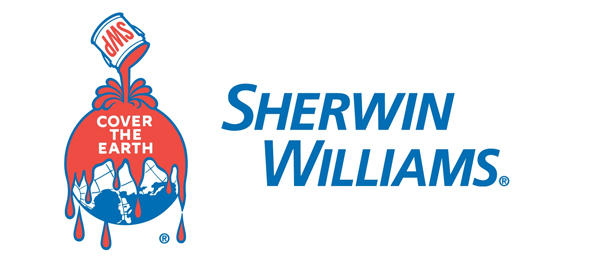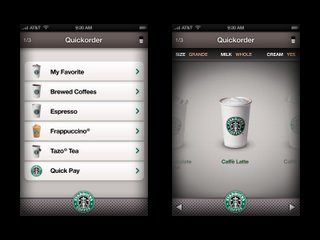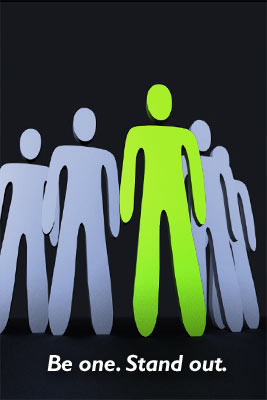 Many people have written previously about how difficult it is to innovate within an established organization. Trying to transform oneself can be just as incredibly difficult. I wouldn’t call it a re-invention, per se, because of the distinction I draw between invention and innovation.
Many people have written previously about how difficult it is to innovate within an established organization. Trying to transform oneself can be just as incredibly difficult. I wouldn’t call it a re-invention, per se, because of the distinction I draw between invention and innovation.
The distinction is that invention is all about coming up with useful products and services, while innovation truly occurs when a person or group of people take that useful invention the last mile to make it truly valuable. As a result, I like to call this incredibly difficult transformation “Personal Innovation” instead, because transforming oneself is also about more than coming up with a useful idea. Personal Innovation is more about creating a new existence that is even more valuable to you and those around you. So, why is Personal Innovation so incredibly difficult?
Well, it is difficult for the exact same reasons that innovation in established organizations is difficult:
- Limited Resources (money and time)
- Existing Jobs/Interests
- Resistance to Change
To achieve a Personal Innovation in the realm of employment, you first have to overcome the time and financial limitations caused by your current employment. We’ll talk about employment in the broad sense, so it incorporates starting a business. This is because in both cases someone owns the job and pays you to do it. In the case of starting a business, you own the job and pay yourself to do the job of running the business.
The challenge begins with finding the time to move yourself towards your dream job or business. Obviously you have to spend a lot of your time on the existing job or business just to keep the lights on. If you have a have a family finding the time to pursue your Personal Innovation is even more difficult (because, after all, you do want to spend time with them). If your new direction requires acquiring new knowledge (formally or informally), then that has to squeeze into the limited time available and may take a long time to complete as a result.
Quitting your existing job or selling your existing business will condense the time needed to acquire the new knowledge, but of course this comes at a financial cost. If your transformation involves starting a business then you also have to wait to begin until you can save or raise the funds necessary to get your venture off the ground.
If all of this isn’t difficult enough, then there is also the challenge you will face of truly moving away from the current job or interests that are the subject of your transformation. The job or interests you are pursuing now always have some kind of payoff, otherwise you would have transformed yourself before now. Maybe your current job pays better than the job you think you might want to do or the business you might want to run. Maybe your current job doesn’t pay enough and so you have to work two jobs to make ends meet (further reducing your time available to make a transition). You may also have to face the enticement of a future payoff in terms of a promotion (in the case of a job), or the temptation of delaying the transformation to some future date when it might be more “convenient” for you or your family.
Finally, change is scary. The thought of making a big change and moving away from the familiar might be too much stress for some people’s systems to keep pursuing the transformation. Those who stay the course will have to overcome criticism and even ridicule from those who they share their current job or interests with. There is also self-doubt to contend with. Sometimes, you will feel that you are not talented enough or smart enough or deserving enough to make the switch. You might find yourself unconsciously sabotaging yourself to avoid making the change. We all sometimes find excuses for why we are not doing the things we should be doing to realize a change. Sometimes we blow an interview because inside we ourselves don’t believe we are truly ready for the change.
All of these things that happen in a personal context are very similar to the reasons that innovation is difficult in established organizations. This is why startups sometimes catch established competitors off-guard, allowing them to disrupt entire industries (aka disruptive innovation). But, some established organizations still manage to innovate and stay ahead of the competition however, which begs the question:
What can we do as individuals to achieve the disruptive innovation in our personal lives that we seek?
Well, it all comes down to recognizing our limitations, both personal and circumstantial, and then being determined to succeed in spite of them. By acknowledging the challenges, we simultaneously provide ourselves with excuses, but if committed, also with exciting challenges to find solutions for. It has been proven time and again that difficult situations and daunting constraints often result in the brightest solutions.
Put yourself in the role of the underdog even if you’re not, and challenge yourself to find solutions to the things you see as limitations. Share these challenges with those you trust and enlist their help in finding solutions. By putting the message into your universe about the change you are trying to make, the efforts that you are putting forth, and the approaches you are taking to overcome the requisite challenges, you will be surprised by the unexpected answers that you receive from unlikely sources.
Be ready to listen when the answers come, and don’t be afraid to go over, under, through, or around any obstacles that get between you and achieving your Personal Innovation. Celebrate the little victories and don’t get discouraged if it takes time. In fact, expect it to take longer than you initially imagine. This may sound daunting, but we really are capable of transforming ourselves.
Are you ready to create your own Personal Innovation?
 Sign up here to get Human-Centered Change & Innovation Weekly delivered to your inbox every week.
Sign up here to get Human-Centered Change & Innovation Weekly delivered to your inbox every week.
![]() Sign up here to get Human-Centered Change & Innovation Weekly delivered to your inbox every week.
Sign up here to get Human-Centered Change & Innovation Weekly delivered to your inbox every week.
 It was
It was 

 I am in the middle of putting together a substantial innovation training proposal for senior leaders at another Fortune 100 company. As part of the proposal I included a few phrases about my innovation philosophy and thought I would share them here as well as on
I am in the middle of putting together a substantial innovation training proposal for senior leaders at another Fortune 100 company. As part of the proposal I included a few phrases about my innovation philosophy and thought I would share them here as well as on  Are you looking for a way to increase the innovation knowledge in your organization?
Are you looking for a way to increase the innovation knowledge in your organization? I came across a queue reduction application for the iPhone and iPod Touch four years ago that was intriguing. At the time it looked like the application wasn’t quite finished or certified for use yet by Apple and Starbucks, but from what I gathered at the time it was meant to work something like this:
I came across a queue reduction application for the iPhone and iPod Touch four years ago that was intriguing. At the time it looked like the application wasn’t quite finished or certified for use yet by Apple and Starbucks, but from what I gathered at the time it was meant to work something like this: I had a nice conversation with a friend from London today that I haven’t spoken with in a while and we got onto the topic of careers. We started talking about my article on
I had a nice conversation with a friend from London today that I haven’t spoken with in a while and we got onto the topic of careers. We started talking about my article on  “For every nine people who denounce innovation, only one will encourage it… For every nine people who do things the way they have always been done, only one will ever wonder if there is a better way. For every nine people who stand in line in front of a locked building, only one will ever come around and check the back door.”
“For every nine people who denounce innovation, only one will encourage it… For every nine people who do things the way they have always been done, only one will ever wonder if there is a better way. For every nine people who stand in line in front of a locked building, only one will ever come around and check the back door.” Can people really innovate when they have to tend to all of their day-to-day responsibilities?
Can people really innovate when they have to tend to all of their day-to-day responsibilities? Innovation comes in all different forms, and there is more than one way to boost profits in organizations.
Innovation comes in all different forms, and there is more than one way to boost profits in organizations. Many people have written previously about how difficult it is to innovate within an established organization. Trying to transform oneself can be just as incredibly difficult. I wouldn’t call it a re-invention, per se, because of the distinction I draw between invention and innovation.
Many people have written previously about how difficult it is to innovate within an established organization. Trying to transform oneself can be just as incredibly difficult. I wouldn’t call it a re-invention, per se, because of the distinction I draw between invention and innovation.